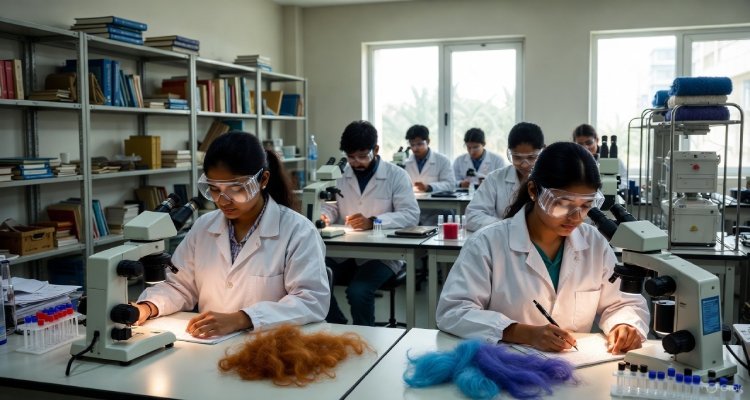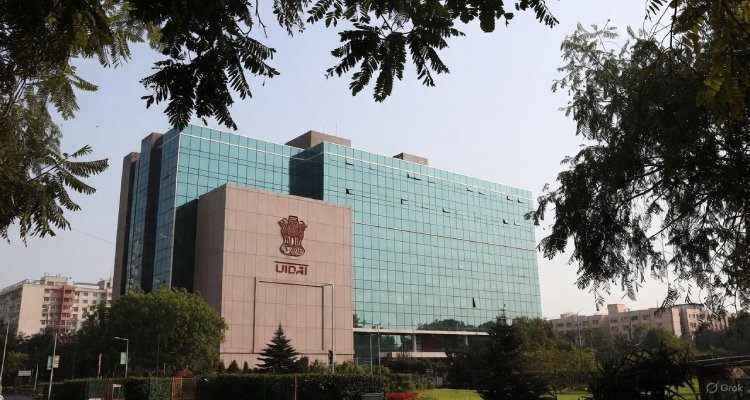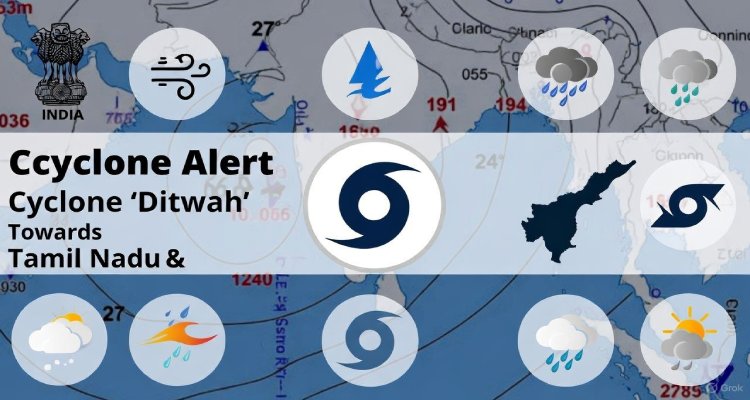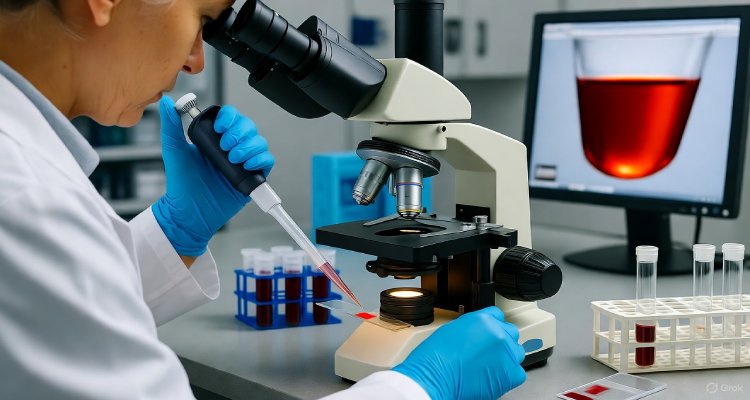WHO to Develop First Global Guidelines on Human T-Cell Lymphotropic Virus-1 (HTLV-1) Prevention and Testing
WHO will draft its first global guidelines on Human T-cell lymphotropic virus-1 (HTLV-1) testing and prevention, marking a critical step in tackling a long-neglected infectious disease.
A Global Push to Address a Silent Threat
In December, the World Health Organization (WHO) will convene a Guideline Development Group (GDG) to draft the first-ever global recommendations on testing and preventing Human T-cell lymphotropic virus-1 (HTLV-1)—a neglected yet devastating retrovirus affecting millions worldwide. The move represents a pivotal moment in global public health, aiming to bring long-overdue attention and action to an infection that has remained under the radar for decades.
Understanding HTLV-1: The First Human Retrovirus
First identified in 1977, HTLV-1 was the world’s first discovered human retrovirus—preceding even HIV. It was detected in patients suffering from skin T-cell lymphoma and a newly classified disease known as adult T-cell leukemia/lymphoma (ATL).
Today, HTLV-1 infects an estimated 5 to 10 million people globally, with high prevalence in western and central Africa, Latin America, and parts of the Western Pacific. Despite its widespread impact, the virus has been largely overlooked by global health agencies and public health systems.
HTLV-1 is transmitted primarily through:
- Breastfeeding from infected mothers
- Sexual contact
- Needle sharing
- Unsafe blood transfusions
Once infected, individuals may remain asymptomatic for years. However, the virus can cause two severe diseases:
- Adult T-cell leukemia/lymphoma (ATL) – an aggressive blood cancer.
- HTLV-1-associated myelopathy/tropical spastic paraparesis (HAM/TSP) – a progressive, disabling neurological disorder.
The WHO’s Guideline Initiative
The upcoming WHO Guideline Development Group will bring together experts from all WHO regions. Each member will serve in an individual capacity, ensuring that recommendations are grounded in scientific integrity rather than national or institutional interests.
The GDG’s primary objective is to:
- Establish who should be tested, how testing should be conducted, and which prevention strategies are most effective.
- Integrate new evidence-based practices and the latest research findings.
- Provide a global framework for resource allocation and public health response.
This will be the first guideline to comprehensively address HTLV-1 testing and prevention, shaping the foundation for future policies, funding, and healthcare strategies worldwide.
Why It Matters Now
Although HTLV-1 was discovered nearly half a century ago, public health responses have been limited. Most high-income countries have introduced screening for blood donations, but comprehensive measures to prevent community transmission remain scarce.
The lack of a vaccine or curative treatment makes early detection and prevention the most effective tools for containment. WHO’s initiative seeks to change this by urging governments to integrate HTLV-1 prevention into existing healthcare systems—such as HIV/STI programs, maternal health, and blood safety protocols.
Dr. Maria Van Kerkhove, WHO’s interim head of emerging diseases (hypothetical quote for illustrative journalistic style), noted that “recognizing HTLV-1 as a significant public health concern is a long-overdue step toward reducing its global burden. The upcoming guidelines will set the foundation for countries to act with clarity and coordination.”
A Neglected Infection with Major Consequences
HTLV-1’s global impact remains underestimated. In endemic regions, infection rates can reach up to 40% among certain populations, yet awareness and screening remain minimal. The virus is often labeled a “silent infection” because it progresses slowly and lacks early symptoms, allowing it to spread undetected through generations.
The economic and emotional toll on affected families is severe—especially in low- and middle-income nations where diagnostic access is limited. WHO’s new guidelines are expected to address these gaps by promoting equitable access to testing, public education, and risk-reduction strategies.
Global Experts Call for Stronger Action
Health experts and advocacy groups have long urged WHO to take formal action on HTLV-1. In 2018, researchers published an open letter in The Lancet calling HTLV-1 a “forgotten epidemic,” warning that lack of global coordination was allowing preventable infections to persist.
WHO’s forthcoming framework is likely to emphasize:
- Integration of HTLV-1 testing into antenatal care to prevent mother-to-child transmission.
- Strengthening blood safety measures in resource-limited countries.
- Expanding sexual health education to reduce risk through safe practices.
- Encouraging collaborative surveillance systems for better data collection and outbreak tracking.
Looking Ahead: Toward a Coordinated Global Response
The December GDG meeting marks the beginning of what WHO officials describe as a “larger process”—a roadmap for HTLV-1 prevention and testing priorities. Once finalized, these recommendations will guide countries in developing their own national response strategies, backed by WHO technical and financial support.
By fostering collaboration across continents, WHO aims to transform HTLV-1 from a neglected threat into a recognized public health priority, reducing global disease burden and strengthening the world’s preparedness for retroviral infections.
Conclusion
HTLV-1 may have existed in the shadows of more prominent viruses like HIV, but WHO’s decision to create formal guidelines signals a turning point. Through unified global action—spanning testing, awareness, and prevention—the world now has an opportunity to curb this silent epidemic before it claims another generation.
The December meeting won’t just be a technical session; it will be a historic step toward recognition, responsibility, and prevention for millions silently living with HTLV-1.
Disclaimer: This article is based on publicly available information from the World Health Organization and scientific literature. It is intended for informational purposes only and should not be considered medical advice.











